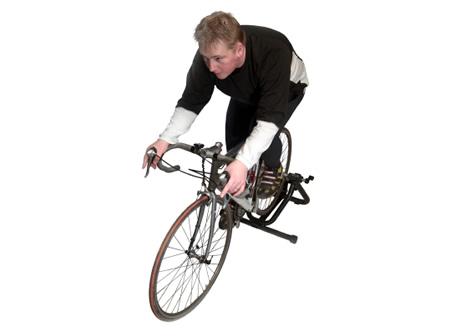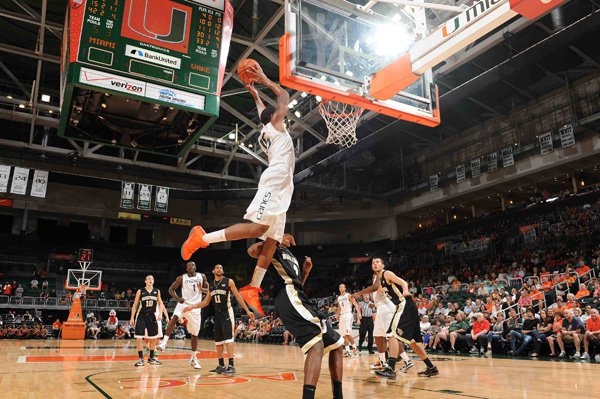Each year in autumn, the beaches along the southern coasts of South Australia are invaded by schools of Yellow-eye Mullet. A much maligned species, mullet do not grow very large and, if not eaten fresh, they are not the best table fish. If eaten fresh however, especially barbequed, they are delicious.
Reaching a maximum length of about 40 centimetres, the Yellow-eye Mullet can be found in both estuarine and coastal waters. They travel in large schools and, as mentioned above, are particularly numerous during the autumn months. They do remain in the estuaries all year though.
The South Australian coastline has some spectacular scenery and areas such as lower Yorke Peninsula, the Fleurieu Peninsula and the lower Eyre Peninsula are no exceptions. Fortunately, the beaches in these areas are the best producers of the big silver mullet which are much preferred over their smaller, darker coloured estuarine cousins. Half the attraction of fishing for this species is the environment you’re in; the fish are a consolation.

The weather during the autumn is also usually very pleasant; the consistent south easterlies that spring up during the summer afternoons are gone, along with the heat. Autumn days are often mild with no wind; perfect fishing weather. I have spent some beautiful afternoons on beaches along these stretches of coast.
Mullet are not difficult to catch, so they are an excellent target if you are intending to take the kids along. Once a school has been burleyed up, the action is usually consistent and you will be able to catch plenty within an hour or two. This works very well, particularly if the kids become bored easily.
Areas to concentrate on include gutters and holes along surf beaches. Gutters that run parallel to the shore are excellent as the fish swim along these feeding as they go and never moving out of casting range. Gutters that run out to sea are also good, but concentrate along the edge of these. Mullet are high on the favourite food list of Australian Salmon, Mulloway and Bronze Whaler sharks, all of which love deep beach gutters along surf beaches.
The beach should have a little wave action as mullet like to feed just along the edge of the surf, beyond the shore break in the clearer water. They do not have to be large waves and quite often the isolated, more sheltered beaches produce large numbers of nice sized fish. Along these more sheltered stretches of coast, look for patches of weed and reef and fish in the sand patches around or amongst them. The ends of the beach, where it meets the rocky headlands, often have deeper areas of water where small tidal rips and swirls occur. These are prime areas to target and fish will often school here picking up food caught in the turbulent water.
There is an unlikely looking spot on southern Yorke Peninsula where mullet are consistently caught every year and it is now one of the top locations to fish. It is a sheltered beach with minimal and, at times, non-existent wave action. There are extensive weed beds in this area and the water off of the beach has weed patches surrounded by sandy areas; patchy ground in other words. I walked onto the beach one afternoon and didn’t hold much hope. I set up amongst the piles of seaweed and threw a few handfuls of berley in. As soon as my baits hit the water, about 10 metres out, the fish pounced and I quickly had my limit of twenty fish. (You are allowed 60 mullet each here in South Australia, but I never need more than 20). The fish were schooled up in a small sandy area with weed on three sides. The berley was holding them nicely and it was easy fishing.
Gear is very simple. Depending on where you are fishing will dictate the gear used but on a surf beach with larger waves a light 8-10 foot surf rod will be ideal, with 8-10 pound line. Hooks are small, due to the mullet’s small mouth, around size 8 or 10. The standard paternoster rig will do the trick, with two hooks above a sinker. The sinker rarely needs to be above an ounce, with half that usually ideal. If there is a bit of tidal movement, don’t worry too much as mullet love a moving bait and you will catch heaps more than if you had the bait anchored to the bottom with a 3 ounce sinker.
If it a sheltered beach, then a smaller rod around 7-8 foot will be spot on. Lines can be around 6 pound with the same paternoster rig as mentioned above.
A rising afternoon high tide is the best time to fish, with the tide peaking around dusk just about perfect.
Berley is essential for mullet fishing. Anglers without it will catch the odd one or two every now and then, but only when a school moves through. The respond exceptionally well to berley and it will hold a school in one spot for long enough to accumulate a good catch. Berley can be distributed either by hand or by way of a berley spring set above the sinker. It should be of a firm consistency, so it sinks to the bottom and slowly breaks up or, when squeezed into the berley spring, it does not flow out too easily.
Berley does not have to be complicated; chicken pellets soaked in water with tuna oil added is very effective.
Mullet feed close to shore and it is rarely necessary to cast long distances. On the surf beaches, just past the shore break is the spot. You will feel the line being pulled tight as the receding waves pull it out. Then the line will go slack. This is usually when they bite. It takes a bit of getting used to, but you will soon get the hang of it. Feel for the light tap-tap of the mullet’s bite. On the more sheltered beaches the bites are easier to detect. When schooling, it is not unusual to catch two at a time.

There are two top baits for mullet and I’d say they are both on a par; seaweed worms and red meat. The seaweed worms are found under layers of rotting seaweed, but are only found in a few locations. They can be bought, at times, from tackle shops but are not always available. They are great bait though and will also catch other species like Yellowfin Whiting.
Red meat is usually mincemeat stiffened with semolina or breadcrumbs. Most anglers mix their own and add a bit of curry powder and garlic as well. In fact, I use quite a bit of curry powder and the fish seem to like it. A fine grade of mincemeat is recommended as the cheaper stuff has too much fat in which gets stuck on the hooks.
They fight quite well for a fish of their size and fish caught from these pristine beaches are clean and silvery. Because they are weed eaters, when you clean them you will notice a black lining on the inside of their stomachs; this just scrapes off and does not affect the eating qualities. Fillets should be skinned and then barbequed. They are an oily fish and taste very nice if eaten fresh.
Catching mullet in such surroundings is an experienced not to be underestimated. It recharges the batteries and you might even catch a few fish as a bonus.
12 Tips to Simplify Your Bike Commute

How to Choose an Indoor Bike Trainer

Free March Madness Picks Green Bay Phoenix at Youngstown State Penguins

Copyright © www.mycheapnfljerseys.com Outdoor sports All Rights Reserved